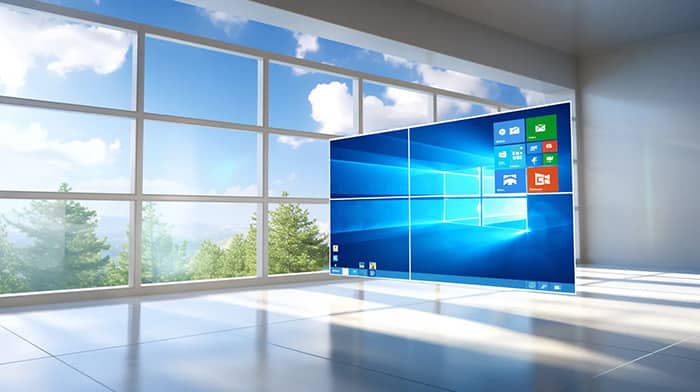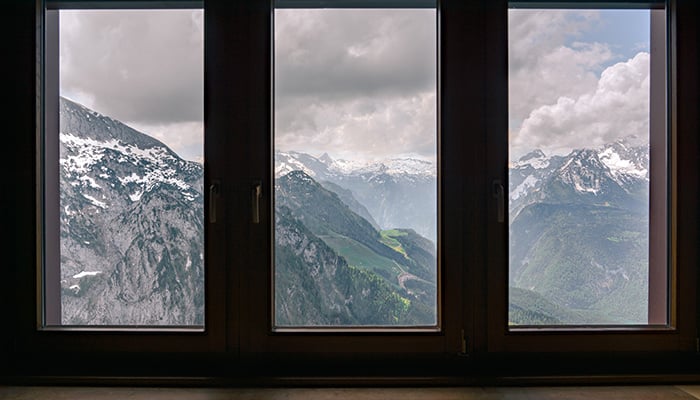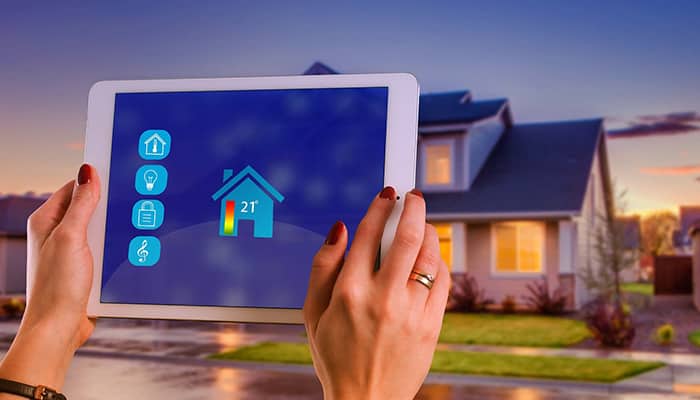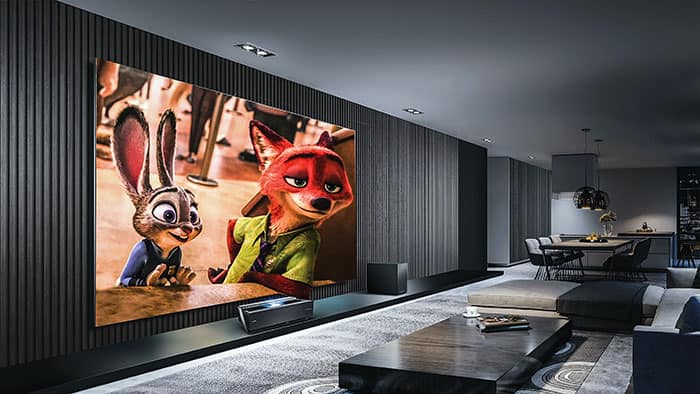Innovation in Architecture: The Rising Trend of Smart Windows in Modern Homes

Just as the name suggests, smart windows are no ordinary windows. They are a product of advanced technology and creative architecture, designed to provide more than just a view to the outside world. They are transforming the way we perceive and interact with our built environments, injecting a touch of modernity to our homes and offices, while also promoting energy efficiency and environmental sustainability. In this article, we will delve into the world of smart windows,so buckle up for an exciting journey into the future of architecture!
Understanding Smart Windows
Smart windows, also known as electrochromic windows, are a revolutionary product of technology and innovation in architecture. Unlike traditional windows, smart windows have the ability to adjust their tint, control the amount of heat or light they let in or block out, all at the touch of a button. They can also be programmed to respond to changing weather conditions, making them an integral part of a home’s energy management system.
The technology behind smart windows is quite fascinating. They are made of special glass that changes its properties when a small electrical voltage is applied. The glass can transition from being fully transparent to fully opaque or anywhere in between, offering a range of tint levels for different needs and preferences.
This sophisticated functionality of smart windows is not only a marvel to behold but also a key driver in the rising trend of smart windows in modern homes. As we continue to embrace smart homes and the Internet of Things (IoT), smart windows are proving to be an essential component of the modern home.
The Role of Smart Windows

In the context of modern homes, smart windows play a crucial role in enhancing comfort, convenience, and energy efficiency. With their ability to control the amount of light and heat entering a room, smart windows can help maintain the ideal indoor temperature, reducing the need for air conditioning or heating. This not only makes the home more comfortable but also contributes to significant energy savings.
Additionally, smart windows offer homeowners the convenience of controlling their window tint levels at the touch of a button. Whether you want to let in more natural light during the day or increase your privacy at night, smart windows give you the flexibility to adjust your window settings to suit your needs.
Moreover, smart windows contribute to the aesthetic appeal of modern homes. They offer a sleek, contemporary look that blends seamlessly with other smart home features. With smart windows, architects and homeowners can create visually stunning spaces that are not only functional but also energy efficient and environmentally friendly.
Benefits of Smart Windows

Smart windows offer numerous benefits in architecture. First and foremost, they contribute to energy efficiency. By controlling the amount of heat and light entering a building, smart windows can significantly reduce energy consumption. This is particularly important in the era of climate change, where energy efficiency is no longer a luxury but a necessity.
Another benefit of smart windows is the enhancement of indoor comfort. By maintaining the ideal indoor temperature and lighting conditions, smart windows can create a more comfortable living or working environment. This can significantly improve the quality of life for occupants and boost productivity in office settings.
Furthermore, smart windows provide architects with greater design flexibility. With their sleek, modern look and adjustable tint levels, architects can use smart windows to create unique architectural designs that are both aesthetically pleasing and functional.
Looking for Smart door and Windows Sensor kit – Check out Meross Smart WiFi Unit
Current Trends in Smart Windows

In the world of smart windows technology, innovation is the name of the game. Architects and manufacturers are constantly exploring new ways to improve the functionality and efficiency of smart windows. One of the current trends in smart windows technology is the development of self-tinting windows that can adjust their tint levels automatically based on the intensity of sunlight.
Another trend is the integration of smart windows with smart home systems. This allows homeowners to control their windows using their smartphones or voice commands, enhancing convenience and user experience.
Additionally, there is a growing trend towards the use of smart windows in commercial buildings. Businesses are recognizing the energy-saving potential of smart windows and are increasingly incorporating them into their building designs.
How Smart Windows are Revolutionizing Architecture
Smart windows are revolutionizing architecture in several ways. Firstly, they are changing the way architects design buildings. With the ability to control light and heat, architects can now design buildings that are more energy efficient and comfortable.
Secondly, smart windows are transforming the way we interact with our built environments. With their interactive features, smart windows are making our homes and offices more responsive and intuitive.
Finally, smart windows are promoting sustainability in architecture. By reducing energy consumption, smart windows are helping to mitigate the impacts of climate change, making our buildings more environmentally friendly.
Conclusion
In conclusion, smart windows are a groundbreaking innovation in architecture, offering a host of benefits including energy efficiency, comfort, and design flexibility. As we continue to embrace the era of smart homes, smart windows are poised to become a staple feature in our built environments, transforming the way we live and interact with our homes and offices.
Whether you are an architect, a homeowner, or simply a lover of innovation, the world of smart windows offers an exciting journey into the future of architecture. So, why not join the revolution and experience the benefits of smart windows in your home or office? The future is here, and it’s looking brighter, smarter, and more sustainable than ever before.
FAQs
How long do smart windows last?
Smart windows typically last for about 20 to 25 years, depending on the specific technology and maintenance. Regular cleaning and proper usage contribute to the longevity of smart window systems.
How much energy does smart windows save?
Smart windows can save up to 20% on heating and cooling costs by adjusting tint levels to control sunlight and heat entering a building. The exact energy savings depend on factors such as window size, orientation, and local climate conditions.
Does smart glass use a lot of electricity?
No, smart glass does not use a significant amount of electricity in its operation. The power consumption is minimal, especially when compared to the energy savings achieved through improved thermal efficiency and reduced reliance on artificial lighting and heating or cooling systems.
What is the most energy-efficient window?
Triple-pane windows with low-emissivity (low-e) coatings and inert gas fillings are considered among the most energy-efficient. These windows provide excellent insulation, reducing heat transfer and improving overall energy efficiency in both residential and commercial buildings.
What type of windows will be the most energy-efficient?
Emerging technologies, such as dynamic glazing and advanced coatings, hold promise for even more energy-efficient windows in the future. These innovations aim to dynamically adjust properties like tint and transparency based on external conditions, optimizing energy performance in real-time.
- Best Amazon Smart Home Devices - December 26, 2023
- Alloy Smart Home Thermostat - December 10, 2023
- The Rising Trend of Smart Windows - November 27, 2023




